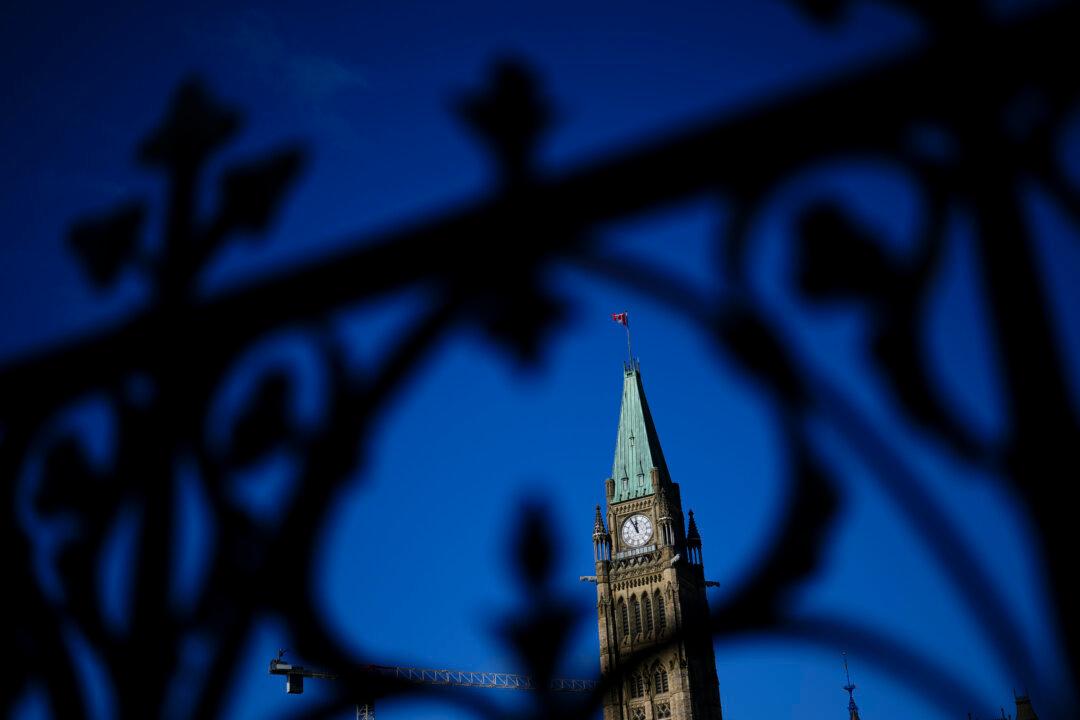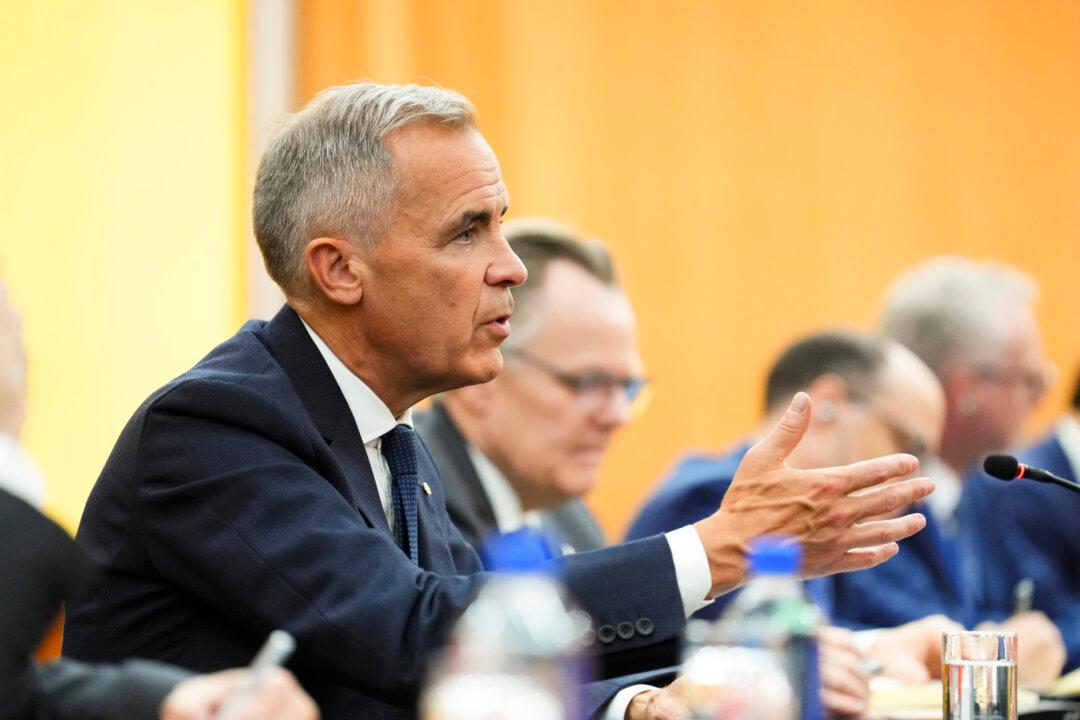Seven of Canada’s 10 provinces have a combined public debt exceeding the entire value of their economies, a situation that can stall economic growth and affect living standards, a new study suggests.
Only British Columbia, Saskatchewan, and Alberta have a gross domestic product (GDP) greater than their combined federal and provincial debt, according to a recent Fraser Institute study based on data from 2022. In the remaining provinces, the combined debt represents more than 100 percent of their GDP, decreasing their chances of economic growth.





